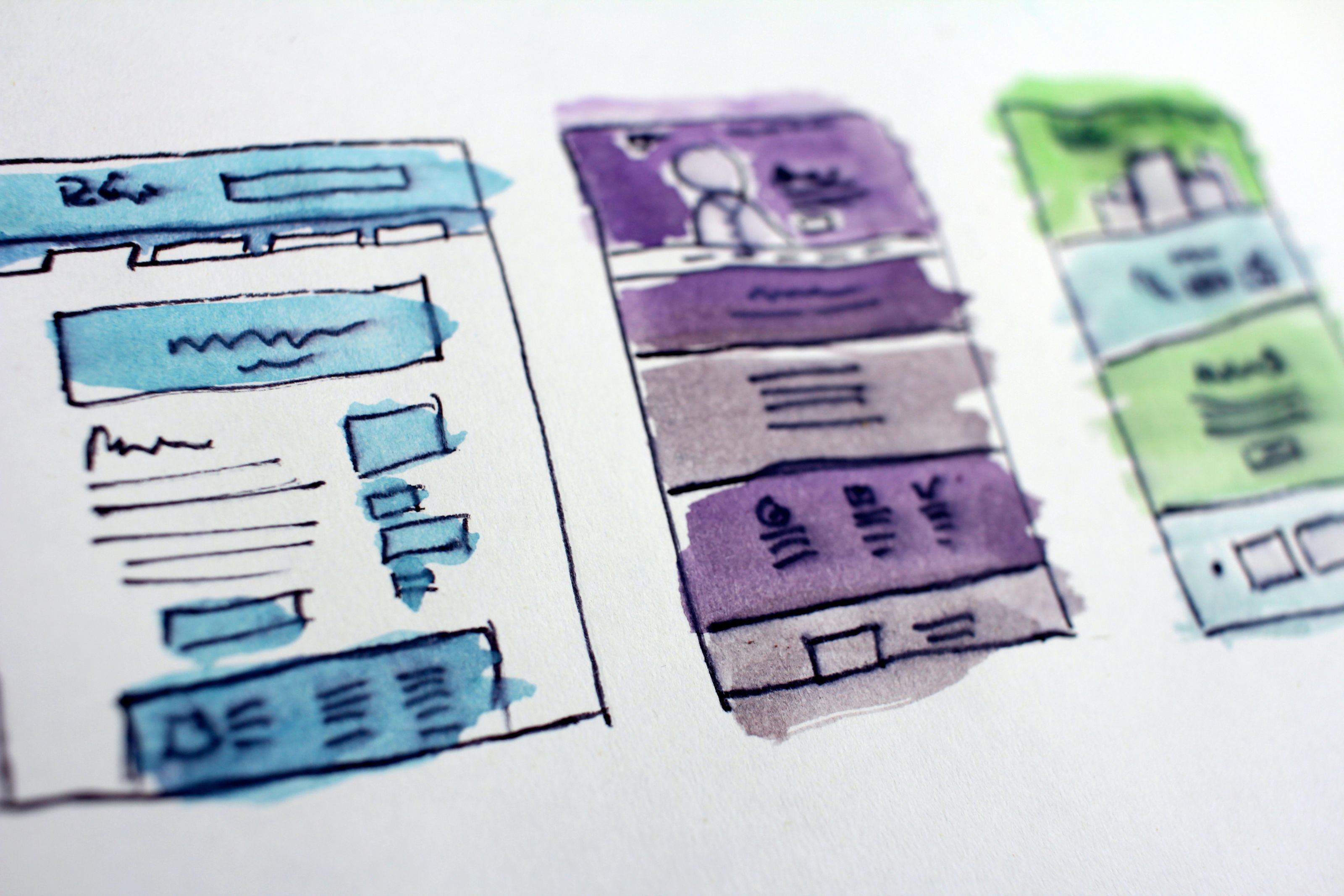Tips for content optimization: better texts for the web
How to avoid typical editorial mistakes and convince users with your content
The investment volume of companies in content marketing has increased significantly in recent years thanks to its many benefits - appealing to new customers, strengthening your own image, and increasing customer loyalty to name a few. However, one can only convince users with high quality and significant content. This guide shares the best tips for optimizing your content and preventing common mistakes.
Content optimization: five tips to avoid common editorial errors
1. Identify with your target group
"Having devoted ourselves to the arrangement of individual literary characters and information carriers, ..." - Well, do you still feel like reading on? Don't worry, I won't switch to officialese now. But this example illustrates how strongly language and writing style influence us. No matter how exciting the content - if your text is boring, bristled with foreign words or is formulated in a too complicated way, hardly anyone will read it. Instead, use plain English - short sentences, active verbs and vocabulary that is appropriate for the reader.
"All styles are good except the boring kind." - Voltaire
Always keep your target audience in mind.If you are writing for a specialist audience, you can use a few technical terms. However, it is better to explain too much than too little. Use foreign words sparingly. If it suits the audience, humor and relaxed phrasing are perfectly permissible.
Better to explain too much than too little.
The more you know about your target group, the better. Surveys, interviews, and user tests help you learn important details about your customers.
2. Print or online – pay attention to the medium
Think twice before copying an article from your customer’s magazine to your website – people read differently on a screen than on paper. On screen readers tend to skim read – it’s important that your crucial message comes right at the beginning of your text. This text structure is also known as an inverted pyramid and background information, is only revealed at the end of the text.
You should also keep your sentences short and simple since the attention span of the reader is much lower. Insertions with commas or dashes should be used sparingly, as they are not always understandable at first glance.
If we stick to the example of the customer magazine, you should shorten and simplify sentences and leave out unnecessary information. Instead, you can add subheadings, bullet points, keywords, and multimedia content. Learn more about this in the next sections.

3. Bring your text to life – add structure to your content
It is a luxury problem: you have lots of information for the text. You therefore squeeze fact after fact into long sentences. Paragraphs, subheadings, and anything that needs space are left out. Just like the overwhelmed reader.
Structure is an important anchor point for the reader’s eye, especially when skimming erratically. Paragraphs, bullet points, bolding and subheadings help with orientation. Multimedia content like sound bites, videos or image galleries reinforce the message of your text. These elements also increase the length of stay and attractiveness of your website.
Search Engine Optimization – your friend and helper?
Search engine optimization (SEO) is still the demon's work for some old-school editors. Their motto: "I write for the readers, not for Google.” But it's not that simple in the digital age. If you don't include keywords and even leave out meta data in your content management system, search engines will have a difficult time finding you.
Since most users reach websites via search engines, your positioning is extremely important. Do your homework: analyze key search terms and frequently asked questions on your topic. Then incorporate them into your text and meta data.
In their desire to improve SEO ranking, some copywriters overdo it. It’s important to keep to the right amount. Keyword stuffing refers to including your focus keyword in every second sentence. Or even worse - misspelled keywords – even if they show up in your keyword search tools, don’t use them. They reduce the editorial quality of your texts and have a negative impact on your brand image. In the long run, your search engine ranking suffers as well - because search engines like Google now pay attention to various quality criteria when it comes to content.
5. Stick to the picture – the interplay of text and illustration
Imagine: You are an avid space fan and collect everything related to NASA, spaceships, and planets. At the newsstand, you discover a new space magazine with the headline "The best of 100 years of space history". You decide to buy it - and discover right on the second page that the Mir pictured is the U.S.S. Enterprise from Star Trek. You are never going to buy that magazine again, because your trust in the competence of the editors is gone. Similar situations can also happen in content marketing.
Editorial mistakes happen, especially when things must be done quickly: Your text is ready, all the captions are in place, only the right photo is missing. In a hurry, you search the internal image pool for a shot, but don't check whether it is labelled correctly. The wrong image ends up on the website.
This is a discrepancy between image and text. The best way to avoid this is with the following "antidotes":
- Plan time in advance to check the image material. Your image must always match the text.
- Get a second editor or another colleague to do a four-eye check.
- You can also select the image material before creating the text and then match it to the picture.
If you’re unable to find a suitable picture, you’re better off not including one rather than confusing your readers.
Outlook: The next steps for content optimization
Use our content audit to check the quality of your content. We will take a close look at your website – whether you need all pages checked or just a specific section. Our content experts examine language, style, grammar, structure, SEO, UX and much more. If you need a guideline and training for future content or are looking for experienced editors to optimize your content, we are happy to assist you.











